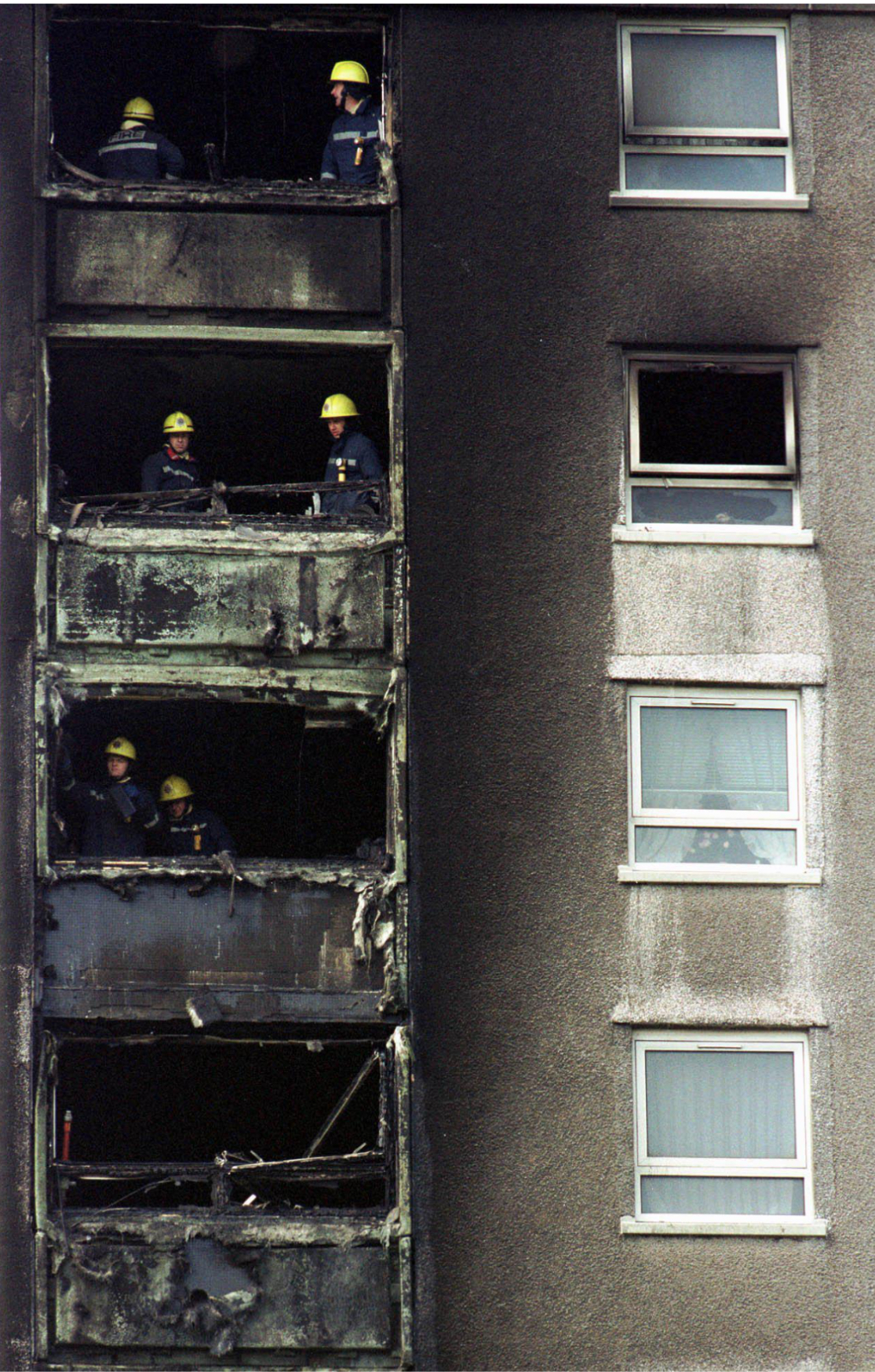The Weekly Reflektion 15/2024
Learning from previous disasters is a recurring theme in our Reflektions. Why did they not know about this disaster? Why did they not learn from that disaster? Where was the learning process? What is the learning process? Even when the learnings from a disaster are taken into legislation, standards, and guidelines, the follies of the past still find their way into the designs of the future. Surely, we can do better.

Why did we not learn from the last disaster?
I was born in Irvine in Scotland and live in Norway. I often visit familiy and friends and sometimes, when the stars align, I get to talk about Reflekt. I talk about our ambition to make a difference in the prevention of Major Accidents and our efforts to stimulate learning and experience transfer. On a recent visit I mentioned our work on the Grenfell Tower fire and in the conversation a fire at the Garnock Court highblock in Irvine came up. My brother-in-law mentioned that he remembered the fire as he and his family lived in the highblock and were evacuated during the response. They were initially given the message to stay put as the fire will not spread and that the people inside their flats were safe. As the fire developed the fire brigade decided to revoke the stay put strategy and got everyone out.
The fire at Garnock Court, a 14-storey block of flats, took place on 11 June 1999. The fire spread via the external cladding, reaching the 12th floor within ten minutes of the start of the fire, destroying flats on nine floors. A disabled pensioner, believed to be in his 80s, dropped his lit cigarette and this most likely started the fire. He was later found dead. Four people were taken to the local hospital suffering from the effects of smoke inhalation.
The block was owned by North Ayrshire Council, who ordered the precautionary removal of plastic cladding and PVC window frames. A Scottish select committee review was set up that reported in January 2000, and this led to the Building (Scotland) Act 2003, which introduced the Building (Scotland) Regulations 2004 which came into force on 1 May 2005.
This act includes this mandatory regulation:
Every building must be designed and constructed in such a way that in the event of an outbreak of fire within the building, or from an external source, the spread of fire on the external walls of the building is inhibited.
The extent of the fire was not as great as Grenfell Tower in 2017 as the fire mainly spread upwards and not across the building. The decision to evacuate probably saved some lives however it was not an easy decision to make. Any movement of people in a stressful situation has the potential for injuries and even fatalities, and could be a subject for criticism after the event.
There seems no doubt to us that the searching we carry out to find information on events in the past for our Reflektions can be used to prevent the diasters of the future. For all projects there should be a systematic review of incidents, accidents and Major Accidents to implement the relevant lessons learned. Without a doubt Artificial Intelligence can be a useful tool in this process and Reflekt will be following this up in 2024.
